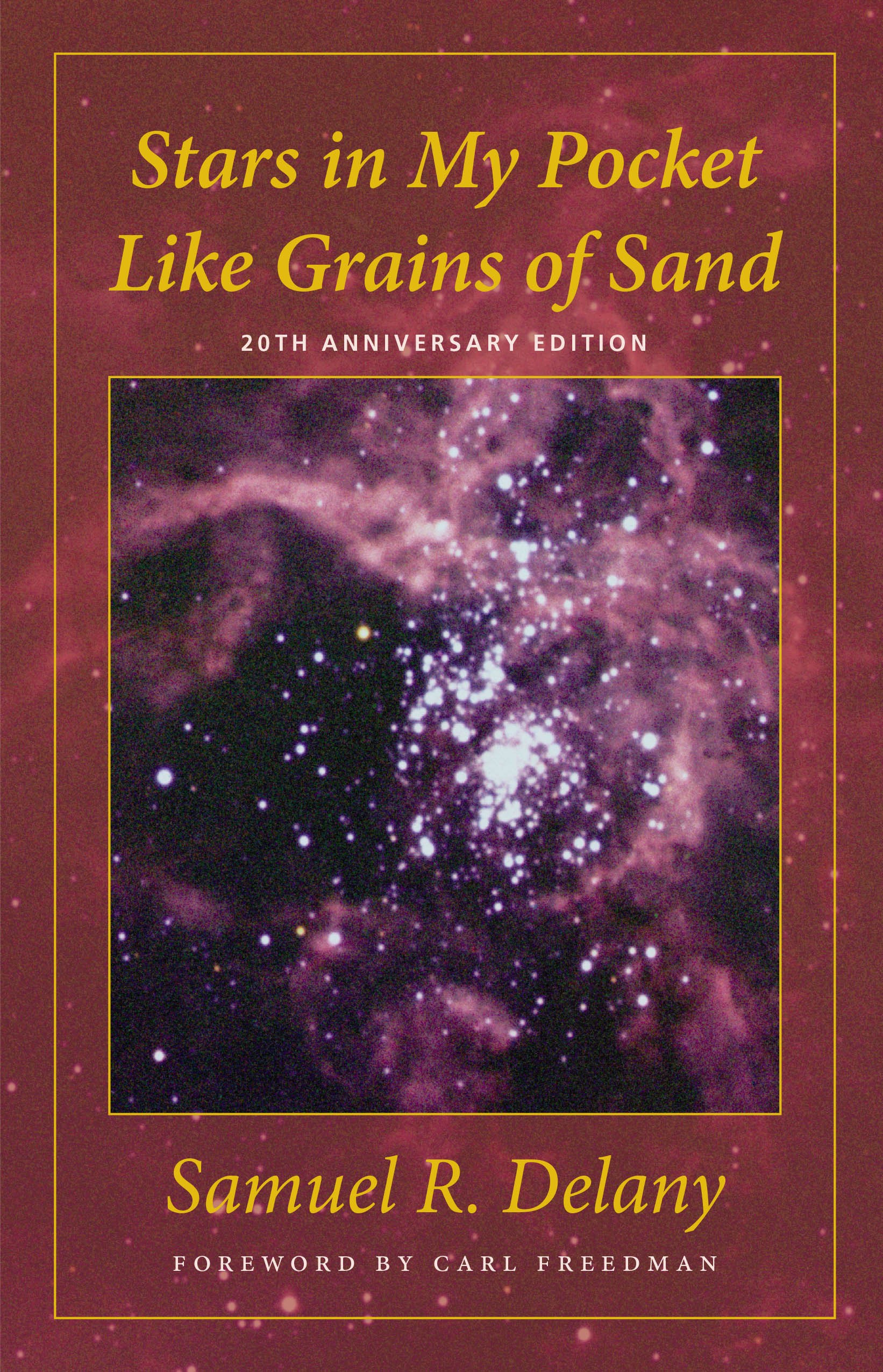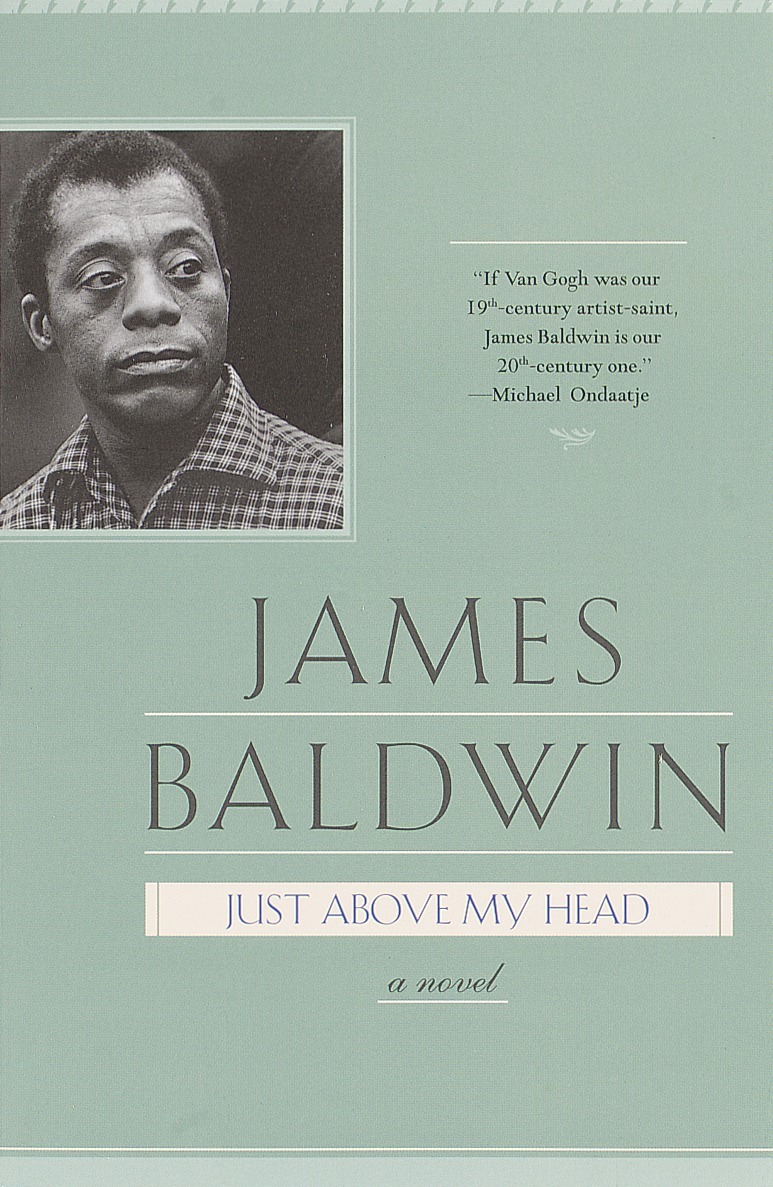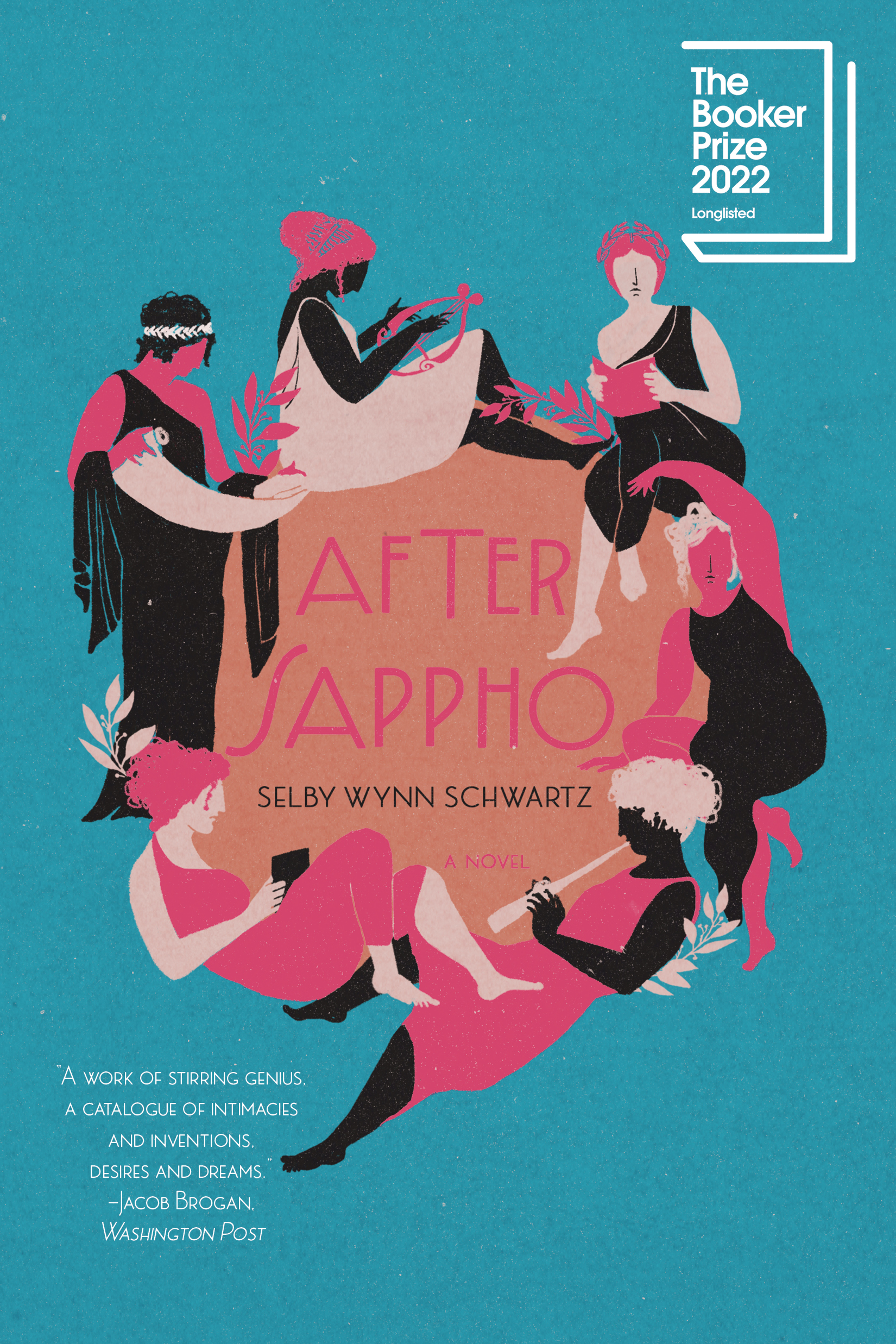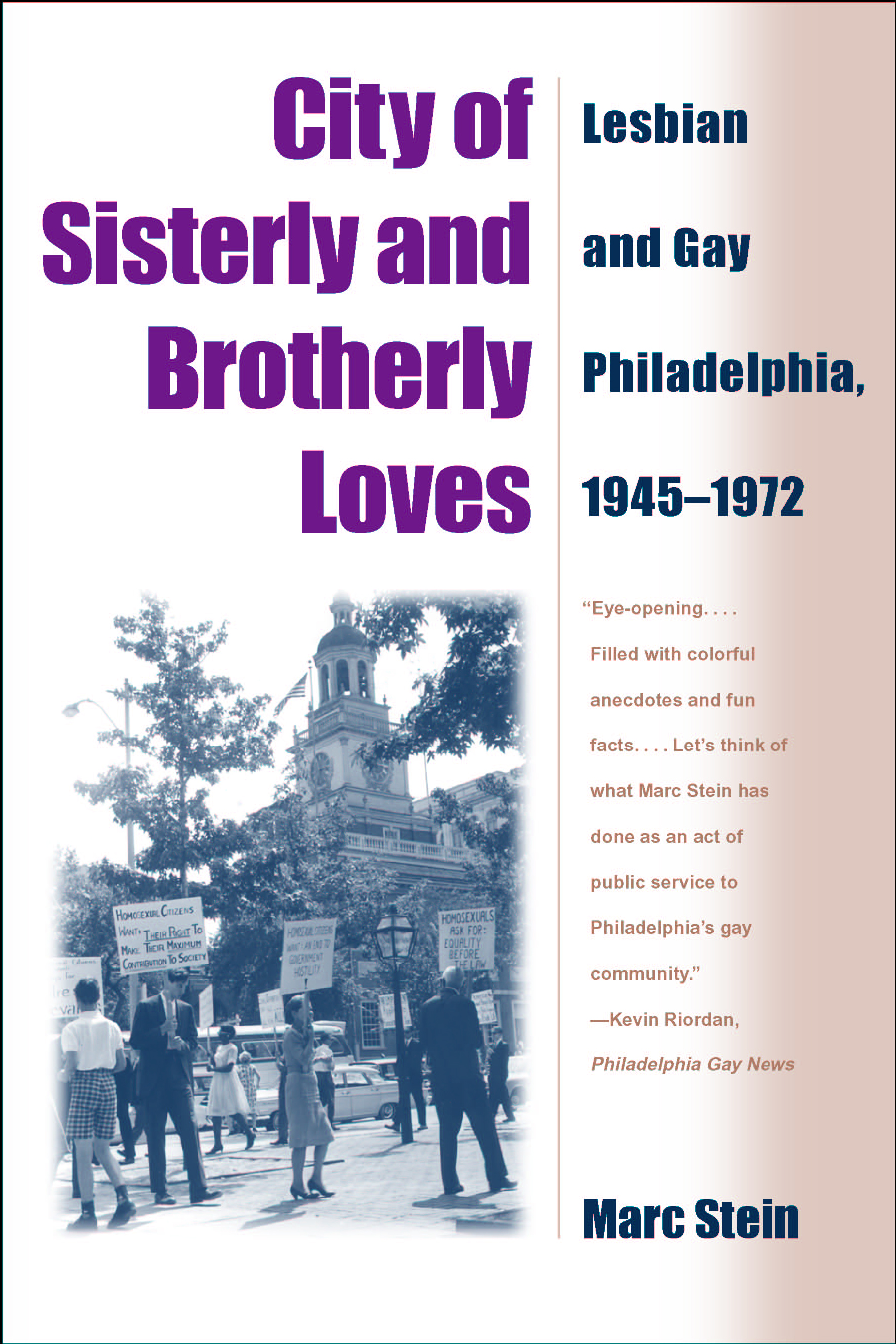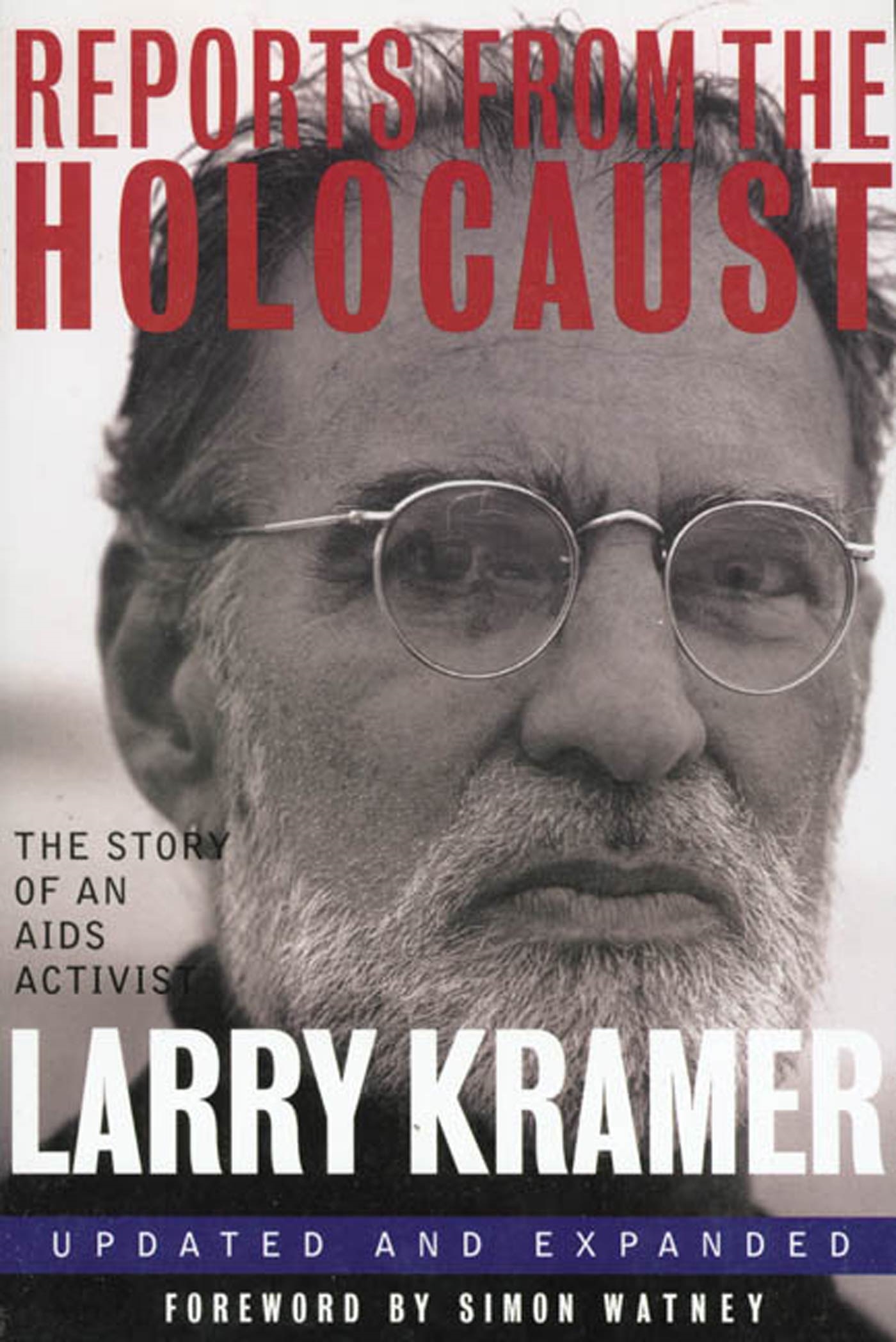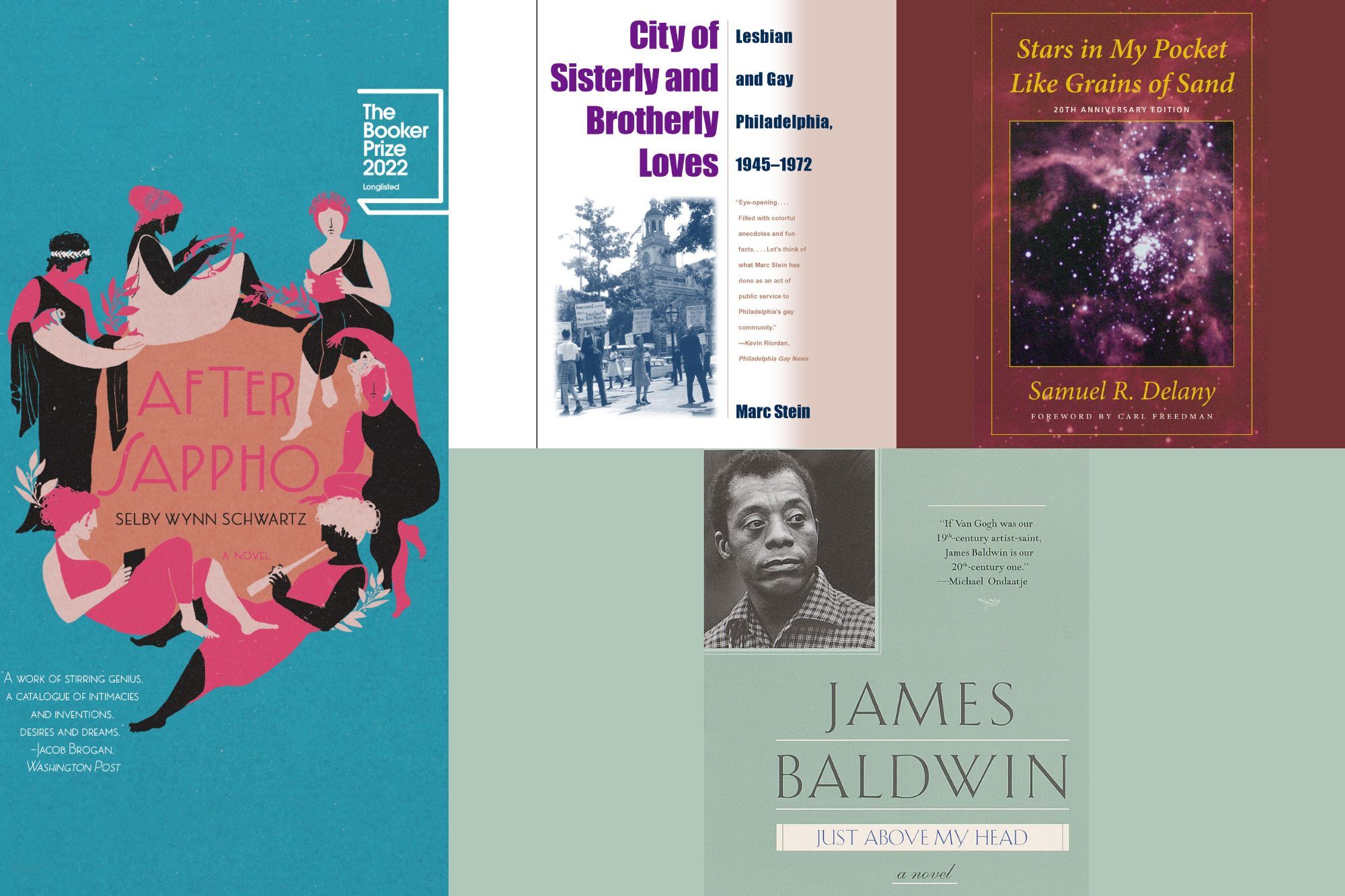
Now in its 29th year, LGBT History Month spans all of October and celebrates the contributions of the LGBT community. It also coincides with National Coming Out Day, celebrated on Oct. 11 each year.
Below, Penn experts from the LGBT Center, Penn Libraries, and beyond share some of their reading selections—plus one film and, for the thespians, a play.
Clayton Colmon, associate director of instructional design for Arts and Sciences Online Learning
“Stars in My Pocket Like Grains of Sand,” by Samuel Delaney
This is a devastatingly brilliant novel about language, love, and longing that consistently challenges me to stretch the limits of what I imagine for the future. It’s also some of the most gorgeous writing I’ve seen. It’s not a light read by any means, but the work is worth it.
“The Gilda Stories,” by Jewelle Gomez
Lesbian vampires who don’t do parasitic relationships. Enough said. This one is a gem and such a beautifully rendered story.
Dagmawi Woubshet, the Edmund J. and Louise W. Kahn Endowed Term Associate Professor of English
“Just Above My Head,” by James Baldwin
This is Baldwin’s last novel and, in my estimation, his finest. It’s both an epic story and a mourning song. The novel contains at once the story of an internationally acclaimed queer gospel singer, Arthur Montana, and the personal lament of Hall Montana for his recently deceased brother, Arthur. To be reconciled with his loss, Hall sets out to remember his brother’s journeys. And so, we follow the principal characters from Jim Crow time up until the late-1970s; we follow them, too, through Birmingham, Atlanta, Washington, New York, Paris, London, and Abidjan. That Baldwin covers so much temporal and spatial terrain of 20th-century life gives the novel its epic panorama and its complex articulations of queer life.
“Sister Outsider: Essays and Speeches,” by Audre Lorde
This volume brings together Lorde’s pioneering essays and public addresses like “Poetry is Not a Luxury,” “The Uses of the Erotic,” and “The Master’s Tools Will Never Dismantle the Master’s House.” The collection powerfully bears out Lorde’s unflinching voice and vision, her intersectional worldview and practice, as she often described, as “black, lesbian, mother, warrior, poet.”
“Looking for Langston,” by Isaac Julien
This is one of the most sensual, lyrical films I’ve ever seen—queer or otherwise! An experimental documentary film shot in black-and-white, “Looking for Langston” offers a rich, impressionistic meditation on both the emergence of a self-avowed Black gay identity and art during the Harlem Renaissance, and the renaissance of black gay art in the 1980s during the AIDS crisis.
Brooke O’Harra, senior lecturer in creative writing
“After Sappho,” by Selby Wynn Schwartz
This book is so surprising. Even though it is billed as a novel, it is something different. It’s told in vignettes or snippets—and it follows (and imagines) real lives historical lesbian writers, artists and radicals. Selby Wynn Schwartz draws us into her archive of influence; she wants us to imagine these significant women through their intimacies and their humor and their deviance. This book gave me a gift of lineage. It was also fun and funny.
“The Lesbiana’s Guide to Catholic School,” by Sonora Reyes
My daughter gave this to me for my birthday so she could read it when I was done. This YA novel about a young Latinx lesbian coming out is so moving. I was really blown away by this powerful exploration of coming out through the point of view of a 16-year-old first-generation Latinx lesbian. The writer explores the deep isolation of being queer, when her family have made so many sacrifices for a “better future” for their children. In this narrative, coming out brings with it a kind of violence and betrayal to the parents. I really learned so much from this book.
“Precious Little,” Madeleine George
This is an amazing play written by queer playwright Madeleine George that asks us to examine the limitations of language. Every scene is surprising and compelling. There are no bad guys, except possibly language itself. I teach it every year because the tension and stakes in each moment are so riveting. This is one of my favorite plays.
David Azzolina, Collection Development and Academic Engagement Librarian
“City of Sister and Brotherly Loves: Lesbian Gay Philadelphia 1945-1972,” by Marc Stein
Originally a Penn dissertation, this is a must-read for any Philadelphian trying to understand how Philadelphia became the city it is in the 21st century. Don’t be put off by the fact that it began as a dissertation—it is anything but dry. And the illustrations are great!
“In the Margins: A Transgender Man’s Journey With Scripture,” by Shannon T.L. Kearns.
Using the Bible as a guide, Kearns demonstrates how it is possible to be a believing Christian while also true to his identity. He uses, for example, the story of Rahab to examine what it means to be a sexual outsider.
“Transgender History: The Roots of Today’s Revolution,” by Susan Stryker
Yes, transgender people have always existed, even if they haven’t been called that. Also included are sidebars highlighting individuals and speeches by transgender people. Though labeled a history, Stryker attends to popular culture and arts featuring transgender people as well.
Penn LGBT Center
“Reports from the Holocaust: The Story of an AIDS Activist” and “Faggots,” by Larry Kramer
A dual narrative that offers a raw, unvarnished look at the [men who love men] culture before and after the AIDS crisis. Kramer’s books are a celebration and a lament, a vivid portrait of resilience and loss. They offer invaluable insights for students interested in LGBTQ+ history, social change, and health studies.
“Herculine Barbin,” by Michel Foucault
This is no ordinary memoir; it’s a daring exploration of intersex identity in 19th-century France, strikingly framed by Michel Foucault’s modern insights. It’s an intellectual deep dive that challenges societal norms tied to physicality. As a college student, you’ll find it enriches your understanding of gender studies, history, and the evolution of societal norms.
“Memoirs of the Chevalier D’Eon,” translated by Antonia White
A fascinating journey through time and gender, this memoir is a riveting rebuttal to the notion that trans identity is a new phenomenon. D’Eon’s story, spanning eight decades in the 18th century, offers a unique window into the life of a trans spy. Despite its outdated views, it’s a crucial read for anyone studying feminist and trans studies, and could inspire a fresh translation for the modern era.
“I Am My Own Wife,” by Doug Wright
This Pulitzer-winning play is a rollercoaster of emotions, offering a deeply personal account of survival and resistance under oppressive regimes. Von Mahlsdorf’s story is a testament to the power of authenticity and courage. It’s an absorbing read for students exploring queer history, political science, or simply those who appreciate a compelling human story.




